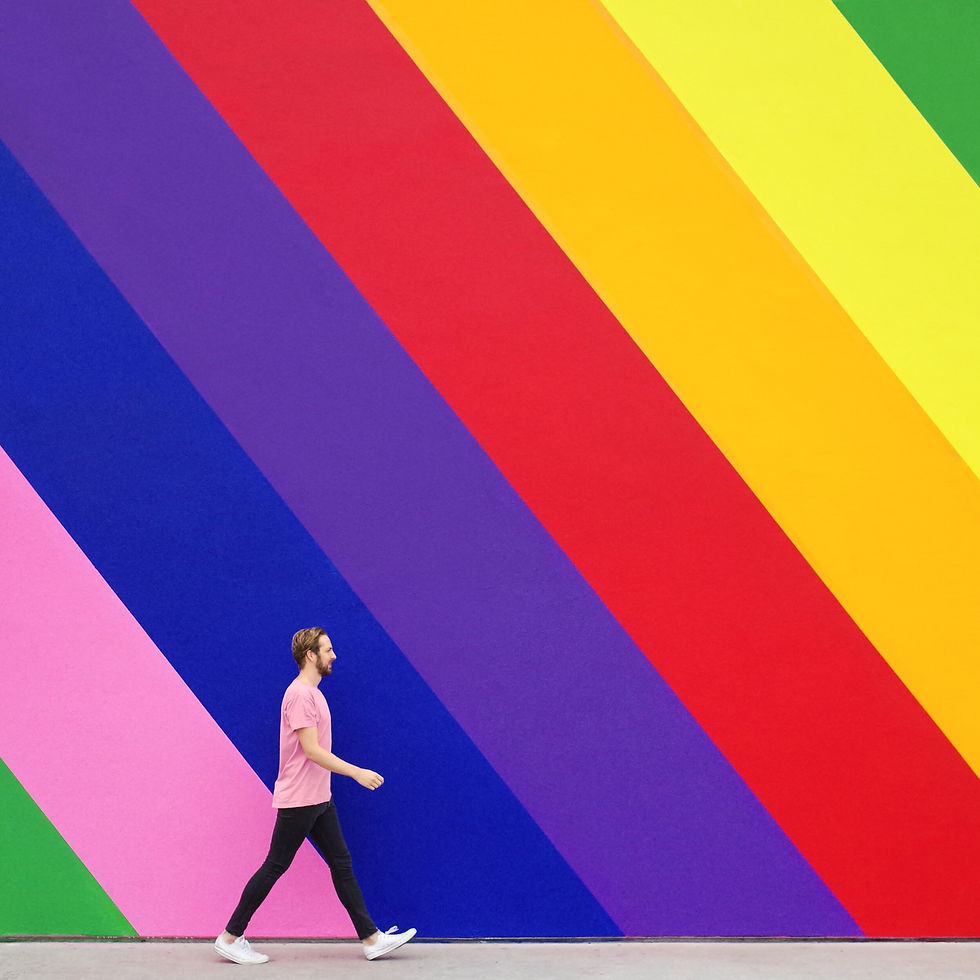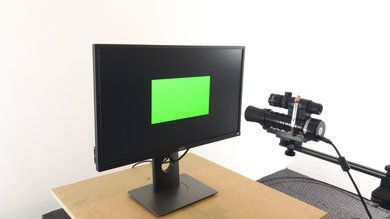Enhancing Visual Appeal With Color Theory Photography
- RayCee the Artist

- May 28, 2023
- 5 min read

Color theory is a fundamental concept used in all visual arts, including photography. It involves understanding how colors work together and influence each other, thereby impacting the viewer's perception and emotional response to an image. A good understanding of color theory allows photographers to enhance their images, convey certain moods or messages, and guide the viewer's attention in a particular direction.
I am RayCee the Artist, a professional photographer located in Los Angeles, CA. If you would like to view my photography, feel free to visit my Portrait Portfolio or Photo Galleries!
Importance of Color Theory in Photography

The power of color theory in photography extends far beyond simple aesthetic considerations. As a photographer, you aren't merely capturing a scene; you're also telling a story and creating an experience. Color theory is like a secret language that helps to shape this narrative. It provides a systematic approach to understand how colors interact, influence each other, and affect human perception and emotions. It's a silent yet potent tool that can create a striking contrast, a harmonious blend, or a compelling focus in your images, all while evoking a specific mood or feeling.
Emotional Impact
Colors can evoke different emotions in the viewer. For example, warm colors such as red and orange can evoke feelings of passion or energy, while cool colors like blue and green are often associated with calmness or tranquility.
Visual Contrast and Harmony
A good understanding of color relationships allows photographers to create images with either striking contrast or pleasing harmony, enhancing the aesthetic appeal of their photographs.
Guiding the Viewer’s Attention
Color can be used strategically to direct the viewer’s attention towards a particular element or area in the photograph.
Storytelling and Symbolism
In various cultures, colors have different symbolic meanings. By understanding these, photographers can utilize colors to communicate complex narratives or concepts.
Application of Color Theory in Photography

The beauty of photography lies in its ability to use elements like light and color to encapsulate a moment, an emotion, or a narrative. A critical aspect of mastering this art involves knowing how to manipulate these elements effectively. Enter color theory – a practical tool that, when used aptly, has the potential to elevate a photograph from being merely pleasing to the eye to becoming a powerful storytelling medium. Whether it's about creating visual drama using complementary colors (red is a complementary color to green, for example), or crafting a serene image using analogous hues, the application of color theory in photography and photo editing (in photo editing software such as Adobe Photoshop) is multifaceted and profound.
Color Wheel
The color wheel (made up of primary and secondary colors, as well as tertiary colors) is a basic tool used in color theory to understand the relationships between colors. It consists of primary colors (red, yellow, and blue), secondary colors (green, orange, and purple), and tertiary colors (colors formed by mixing a primary color with a secondary color).
Complementary Colors
These are colors located directly opposite each other on the color wheel, such as blue and orange, red and green, or purple and yellow. Complementary colors create strong contrasts, making them ideal for creating images with a powerful visual impact.
Analogous Colors
Analogous colors are adjacent to each other on the color wheel. Using these colors in a photograph can result in a harmonious, calm, and cohesive look.
Color Temperature
Color temperature consists of warm and cool colors. Warm colors (reds, oranges, and yellows) tend to feel more energetic and can be used to convey warmth, passion, or happiness. Cool colors (blues, greens, and purples) are associated with calmness, tranquility, or sadness.
Color Saturation
Saturation refers to the intensity or purity of a color. Highly saturated colors are vivid and bold, while desaturated colors are more subdued. Playing with color saturation can drastically change the mood and visual appeal of a photograph.
Tips for Beginners on Applying Color Theory

If you're a beginner in the field of photography, the idea of using color theory might seem daunting. You may wonder how to start, what to focus on, and how to incorporate this knowledge into your work effectively. It's like being handed a box of paints and being told to create a masterpiece without knowing where to begin. Fear not, the world of color theory, while vast, is also beautifully systematic. By starting with a few basic principles and gradually exploring more complex concepts, you can truly transform your approach to photography, adding depth and resonance to your images.
Understand the Color Wheel
Start by familiarizing yourself with the RGB color wheel and the relationships between colors. This understanding will be the foundation for creating effective color schemes in your photography.
Use Complementary Colors for Contrast
If you want to create a vibrant and dynamic photograph, consider using complementary colors. They create a strong contrast that can make your subject stand out.
Use Analogous Colors for Harmony
If you’re aiming for a peaceful and calming effect, use analogous colors. They work well together and create a harmonious and pleasing color scheme.
Experiment with Color Temperature
Practice shooting in different light conditions to see how they affect the color temperature of your photographs. Warm light can create an entirely different mood compared to cool light.
Play with Color Saturation
Experiment with adjusting color saturation in post-processing. Remember, bold, highly saturated colors can create a very different effect compared to more muted, desaturated colors.
Study Color in Art
Study paintings, films, and other photographs to understand how other artists use color. This can provide you with a wealth of inspiration for your own work.
The Importance of Computer Screen Calibration

Why Calibration Matters in the Realm of Color Theory
In the intricate process of capturing, editing, and displaying your photographs, one factor that often doesn't receive the attention it deserves is your computer screen. Yet, it plays an instrumental role in how effectively you can apply color theory. Without an accurately calibrated screen, the careful attention you've paid to color relationships, saturation, and temperature could all be misleading. The beautiful blend of analogous colors or the striking contrast of complementary ones you worked so hard to capture could appear distorted. This discrepancy could cause your work to lose its impact, diminishing the narrative or emotional resonance you've woven into your composition.
The Consequence of Poor Calibration
A poorly calibrated screen can subtly, yet significantly, skew color representation. It's like trying to paint a portrait with a distorted mirror; the result will invariably be a departure from what you intended. Misrepresented colors can create a disconnect between your vision and the final output, diluting the power of your images and the story they were meant to tell.
Calibration as a Bridge to Accurate Color Representation
By ensuring consistency and accuracy of colors from capture to post-processing to final display, screen calibration serves as a vital bridge connecting your artistic intent with the viewer's perception. Regular screen calibration ensures that the precise hues of reds, blues, and greens you've captured in your photographs are exactly what your viewers experience. It ensures that the power of color theory, as applied in your work, is faithfully and compellingly transmitted to your audience. Hence, screen calibration isn't an optional step but a critical practice in professional photography. It solidifies your use of color theory, allowing your vision to be accurately translated into the final image.
Conclusion

Color theory is a vital tool in a photographer's arsenal. By understanding and applying color theory in digital photography, photographers can manipulate mood, direct attention, and enhance the aesthetic appeal of their images. It's a skill that takes time to master, but with practice and experimentation, anyone can use color theory to take their photography to the next level.
I am RayCee the Artist, a professional photographer located in Los Angeles, CA. If you would like to view my photography, feel free to visit my Portrait Portfolio or Photo Galleries!







